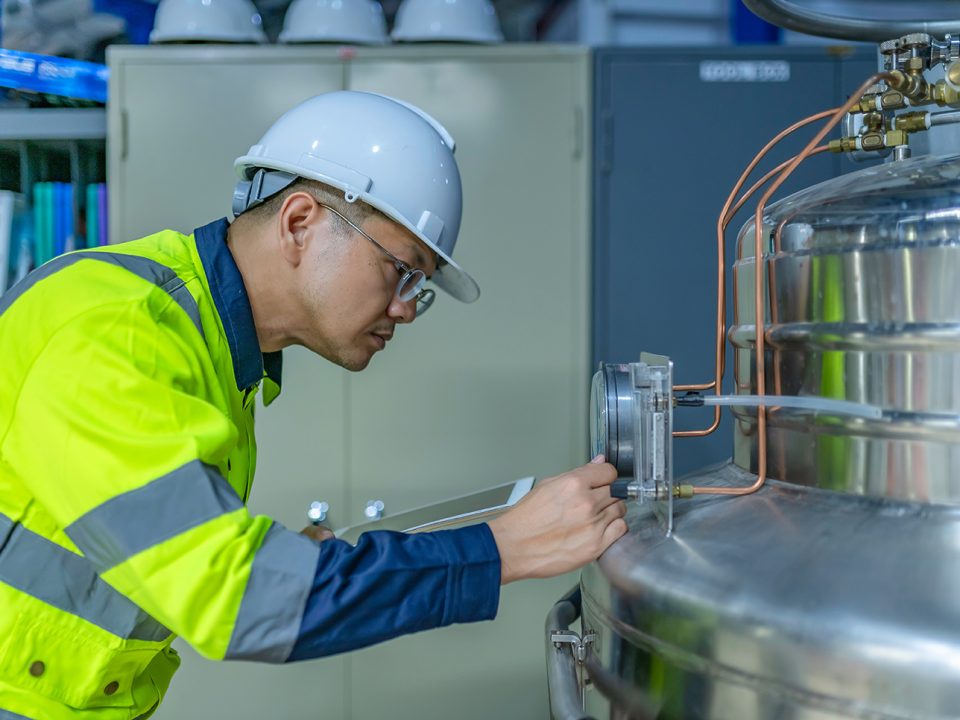The maintenance of industrial equipment is one of the most significant expenses for companies. Choosing the right strategy can make the difference between a profitable operation and the loss of productivity due to unexpected failures. Two approaches dominate asset management: preventive maintenance and predictive maintenance.
Preventive maintenance is the most traditional approach. It is based on scheduled interventions at fixed intervals, regardless of the actual condition of the equipment. Although it helps to avoid some failures, it can result in unnecessary costs, such as replacing components that are still functional, or it may fail to detect unexpected problems that arise between inspections.
Predictive maintenance, on the other hand, is a much smarter and more efficient approach. It uses real-time data, collected by sensors and analyzed by specialized software, to predict the need for maintenance. Instead of relying on a fixed schedule, this strategy acts only when there are signs that a component is about to fail. This makes rotating equipment more reliable and leads to optimized industrial maintenance while reducing operational costs.
The advantages of predictive maintenance are substantial:
- Drastic reduction of downtime: Repairs are scheduled at the most convenient time.
- Maximization of component lifespan: Parts are replaced only when necessary.
- Cost optimization: Labor and replacement part costs are significantly reduced.
At Optimistic, we are specialists in rotating equipment maintenance. Our services enable companies to move from a reactive approach to a proactive strategy, using technology to monitor the health of their rotating equipment. By adopting predictive maintenance, your company not only saves money but also ensures continuity and safety of operations.




